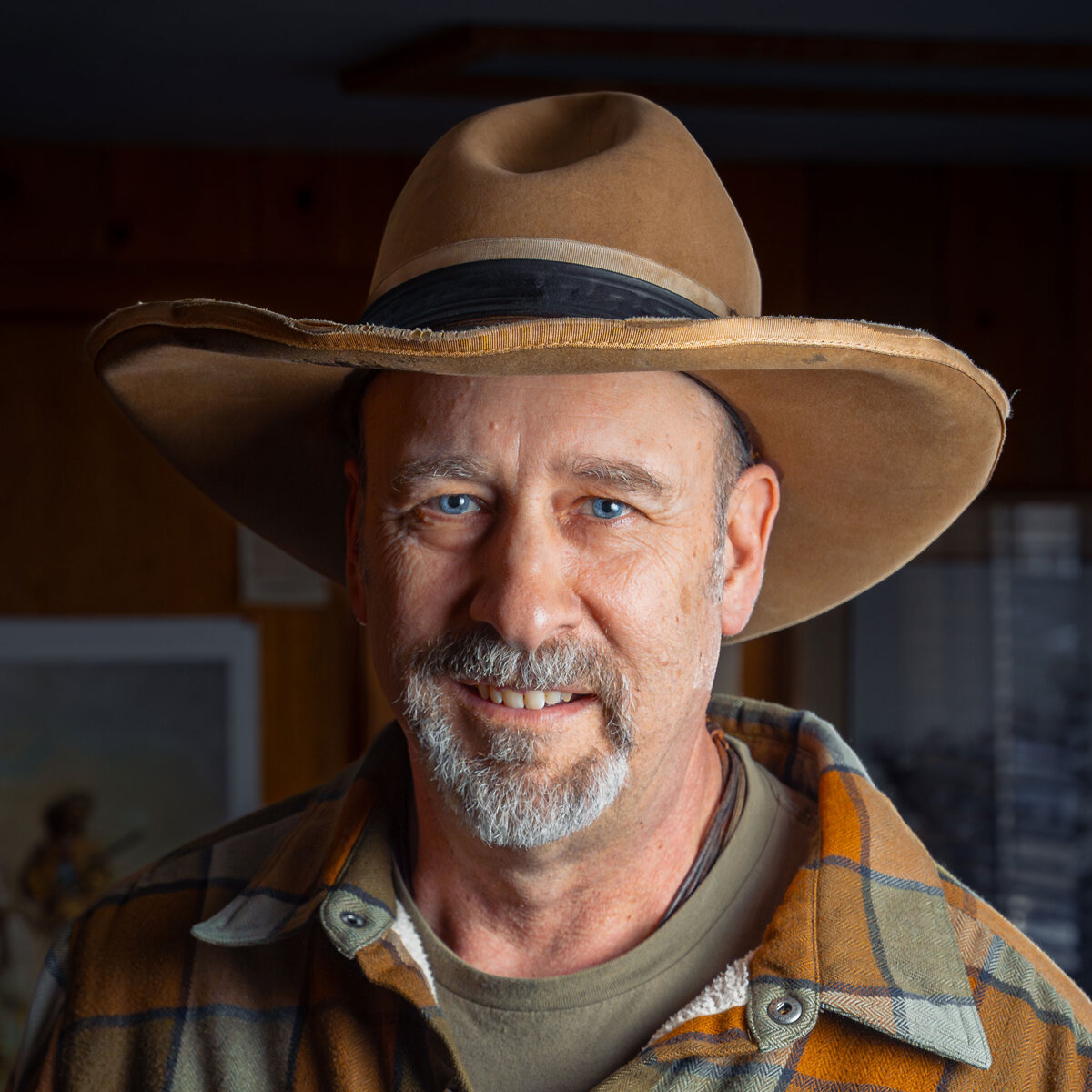Sisters to take on paved trail again
Last updated 3/24/2015 at Noon
The Sisters community is poised to take on the touchy topic of a paved trail between Sisters and Black Butte Ranch again - this time through a collaborative consensus-building process.
Deschutes County Commissioner Alan Unger convened a meeting of community leaders with representatives of Oregon Solutions on Thursday, March 19, to explore a Collaborative Local Agreement-Seeking Process (CLASP).
Oregon Solutions is a neutral entity operating out of the College of Urban and Public Affairs at Portland State University. The CLASP will bring together a small working group of eight to 10 people representing a variety of groups and interests in Sisters Country to work through the issues surrounding paved multi-use trails in Sisters Country. If the group can come up with a proposal, it will then go through a series of community meetings where the broader community can weigh in, and eventually on to the Forest Service, which has its own comment and approval process.
There are plenty of issues to work through. The U.S. Forest Service withdrew last spring from a proposal to build a paved path from Sisters to Black Butte Ranch, in the face of vociferous opposition from some local residents. Many opponents not only disliked the proposed path, but also felt marginalized by the approval process. The debate over the path has been a divisive and sometimes bitter one in the community.
The makeup of the Thursday meeting itself raised hackles, because it excluded known opponents of the path. To mitigate abraded feelings on that score, Unger and Oregon Solutions facilitator Mike Mills convened a separate meeting with a half-dozen trail opponents prior to the main meeting.
Some opponents expressed a wary openness to a new process.
"A lot of damage has been done, and it hasn't been done by anybody but the pro-trail people," said Tollgate resident Steve Madsen. "You're starting in a deep hole."
He said it will be crucial to "keep the name-calling out of the process."
However, Madsen indicated a willingness to be open - if trail proponents are.
"If you can get the bicycle people to budge on the trail, I think you'll have good results," he said. "Don't smoke us, don't lead us on, don't manipulate stuff to help their side."
Mills acknowledged that the first step in a new, collaborative process is a cease-fire.
"The first thing everybody needs to do is put their guns on the table or in the back closet," he said.
Early this week, however, Mike Morgan, who was co-lead objector in the previous Forest Service process, told Mills that he does not support this new approach.
Morgan wrote to several elected representatives saying, "People are angry at the approach that isolates, marginalizes, and demeans the people that oppose the trail for many reasons... This trail will not be shoved down the throats of the people in this community; they will fight back and they will litigate if necessary."
The community leaders at the main Thursday meeting indicated a willingness to accommodate concerns - though attendees clearly continue to ardently believe in the value to the community of paved multiuse paths.
Sisters Trails Alliance President Chuck Humphreys pledged himself to an "open, robust and very fair public process... I don't think anything is carved in stone." He indicated a willingness to "deal with some of the issues that people have raised that are legitimate."
Proponents of the paved path believe that they already have significant community support for a project, but they have been plagued by the difficulty of adequately gauging and articulating that support. Sisters restaurant owner Jennifer McCrystal noted that many of her patrons expressed support for the trail, but they have been unwilling to do so publicly. Community surveys have shown favor toward a paved path system, but opponents challenge their validity.
Melvin Herburger raised key questions: When will advocates and the Forest Service be able to determine that there is, in fact, significant public support? What is the threshold for "pulling the trigger"?
"Why even go through the process if you're waiting to get to the 100 percent?" he asked. "Where do you draw that line at?"
According to Mills, the make-up of the small working group is key. If everybody feels their viewpoints have been represented, the end product is more likely to have clear public support.
The hope, Mills said, is that "at the end of the day a proposal can be moved to the Forest Service that has more community buy-in."
Mills hopes to have a working group pulled together by the end of April.
For more information on Oregon Solutions, visit http://orsolutions.org.


















Reader Comments(0)